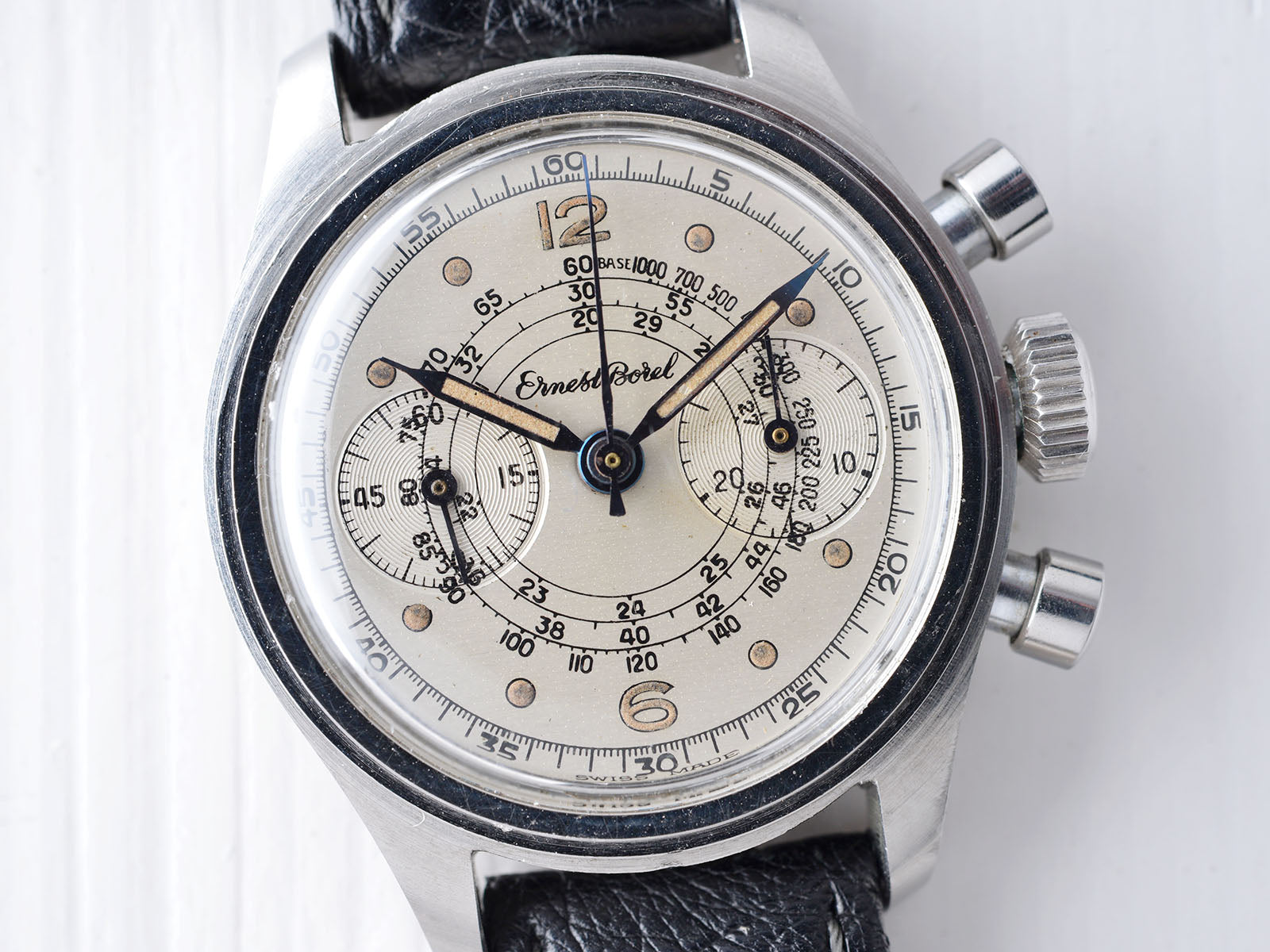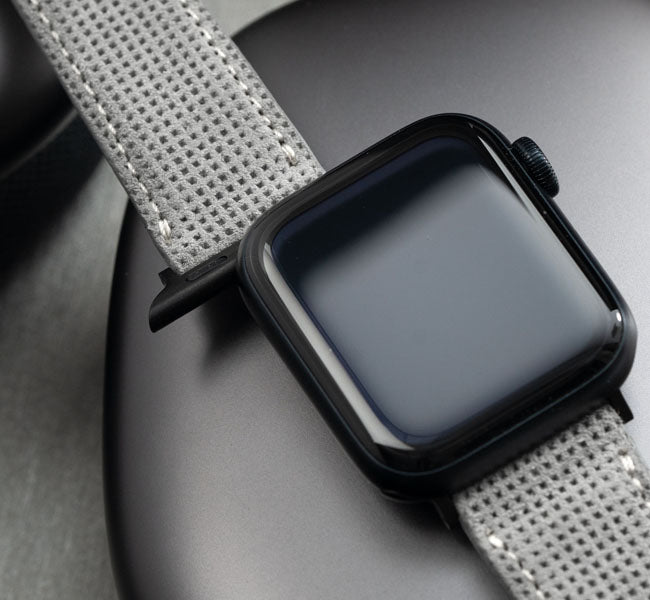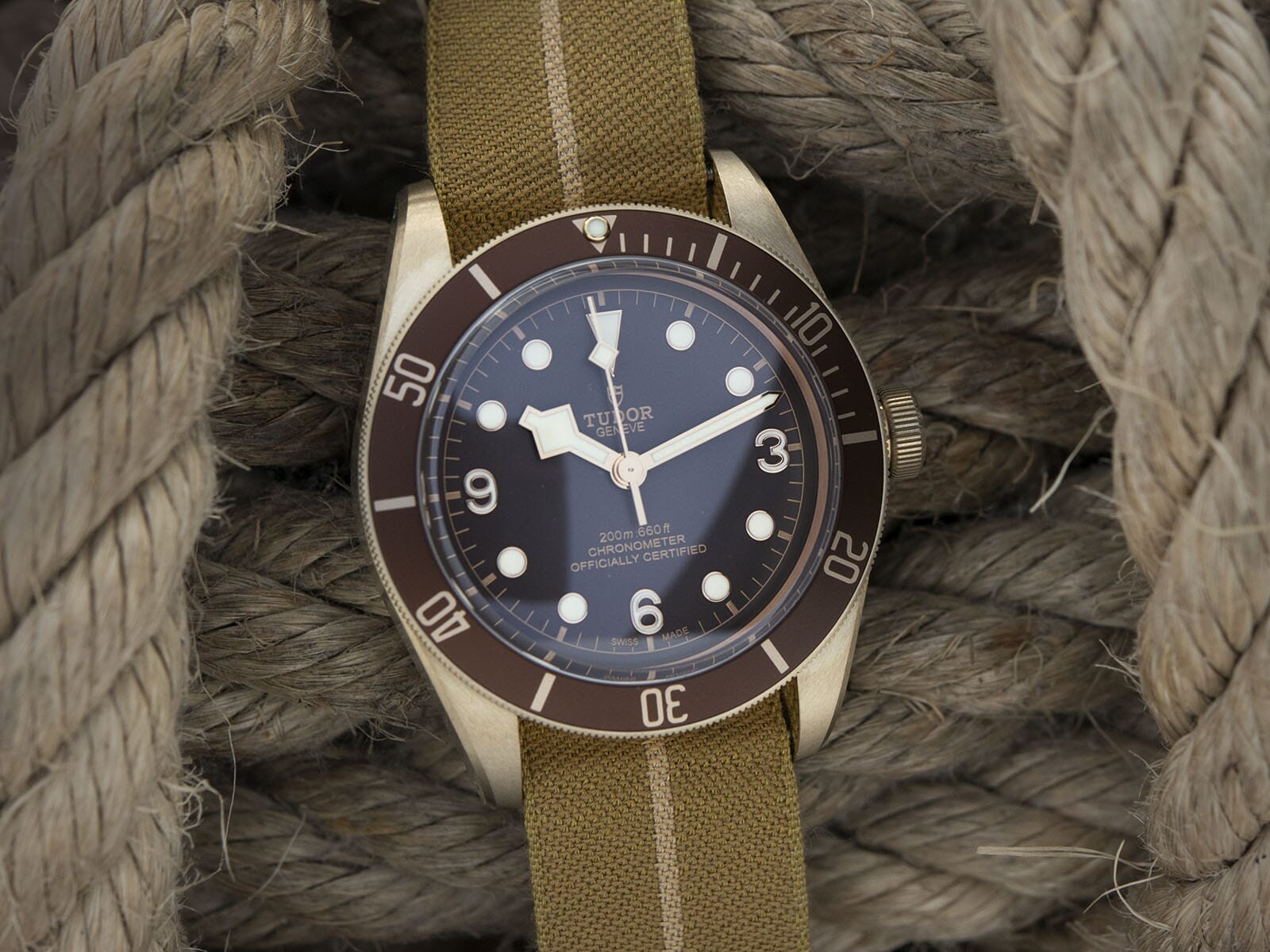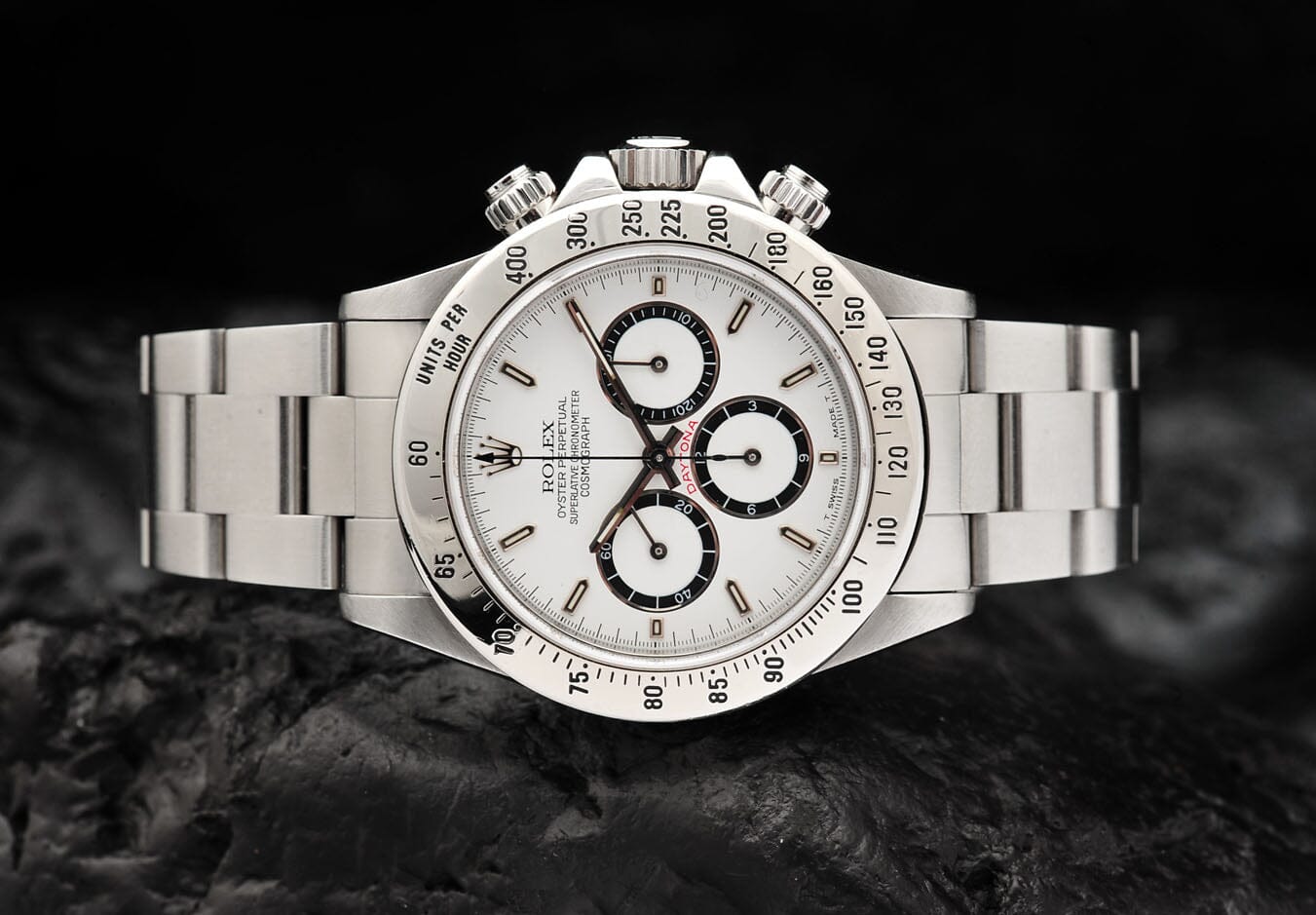
Spot On - Ernest Borel Mini Step Case Chronograph
We said before that one of the hottest watches at the moment are chronographs. The recent Phillips ‘Start, Stop, Reset’ sale was devoted to the art of the chronograph watch and they realised a number of world records for some of the best examples of chronographs ever offer at auction. Nearly two years ago we talked about some of our favourite chronographs and in particular a type of chrono form the 40s – the step case. This edition of Spot On focuses on a recent find here at Bulang & Sons; an intriguing watch the Ernest Borel Mini Step Case Chronograph.

A Family Affair
The Ernest Borel brand was founded in 1856 by Jules Borel and was owned and operated by the Borel family until 1975 when it was taken over by the Synchron Group – the owners of Doxa and other watch brands. Very early on in the brand’s history they won many awards for their timekeeping and became important exporters of timepieces across the world, especially the far east where still today the brand is held in very high esteem. Jules’s son Ernest took over the company in 1894, but it was with the appointment of Jen-Louis Borel (Ernest’s son) in 1927 that the company invested in ‘modern’ watchmaking production techniques and became a serious player in the world of high end horology.
A Step in Time
Our Ernest Borel is an example of a watch we know as ‘step case’, due to the shape of the case where there is a pronounced ridge or step around the crystal. The step case chronographs are monoblock cases, which means that the entire case is created from a single piece of steel. This was a contributing factor in making the cases waterproof than if they had press-on bezels to hold the crystals in place. Many of these step case watches were used in professional applications and it was certainly a benefit that the production of monoblock cases was easier and cheaper.

A Classic Chrono
Our Ernest Borel possesses all the iconic attributes of a classic 40s stop case chrono, but packed into a 26mm case. Now, this in itself is very unusual. These watches were used for professional applications, most notably in the military but officers or doctors in the field. Having done some research, I think its entirely possible (in fact probable) that this watch was a special order piece. Why would somebody, almost certainly a lady, have needed such a watch in the 1940s? Any answer could only be supposition, but just imagine…

Iconic Features
Just looking at the pictures, you could be totally fooled into thinking that this watch was a regular sized watch from the era – 35 to 37mm. But it measures only unbelievable 29mm! Present are a hands in the very finest blued steel in a very elegant form, with fine chronograph hands. The dial has a running seconds counter in the left dial and a thirty-minute chrono counter on the right that measures the elapsed minutes that the centre-second sweep stopwatch hand accumulates. The dial features arabic markers at 12 and 6 and then domed markers around the remaining hours; all finished in radium luminous material. The story of the Radium Girls is well known as during the 1940s and 1950s radium was used for luminous material. The young women who worked in the dial factories applying the lume by hand became seriously ill later in life, due to the chronic radioactivity of radium. The watch houses a manual wind movement and has both stop/start and reset pushers, which gives the watch a wonderful symmetry and balanced look.

Mini But Mighty
The watch might only be small but it packs a punch with two chronograph scales. The outer scale on the dial measure seconds, but the watch has two further scales. The outer of the two is a tachymetre, which is used to calculate speed over a set distance. This is identifiable by the fact that it has ‘120’ as the six o’clock position as it always is on vintage watches. The inner two tracks are a telemeter scale, which is used to measure the distance of a sound event – such as an artillery shell in combat. The user started the chrono when he saw the flash of an explosion and stopped it when he heard the sound – the telemeter then informs how far away the enemy are…a useful tool in World War 2.
Spot On
This watch really is a very beautiful thing and it will be a great addition to the Bulang family collection, certainly on the wrist of one of the girls. It may only be small but it certainly was made to the highest standard and the detail and quality can easily hold their own against the classic Longines et al of the time. It certainly is true, in this case, that beautiful things come in small packages!










